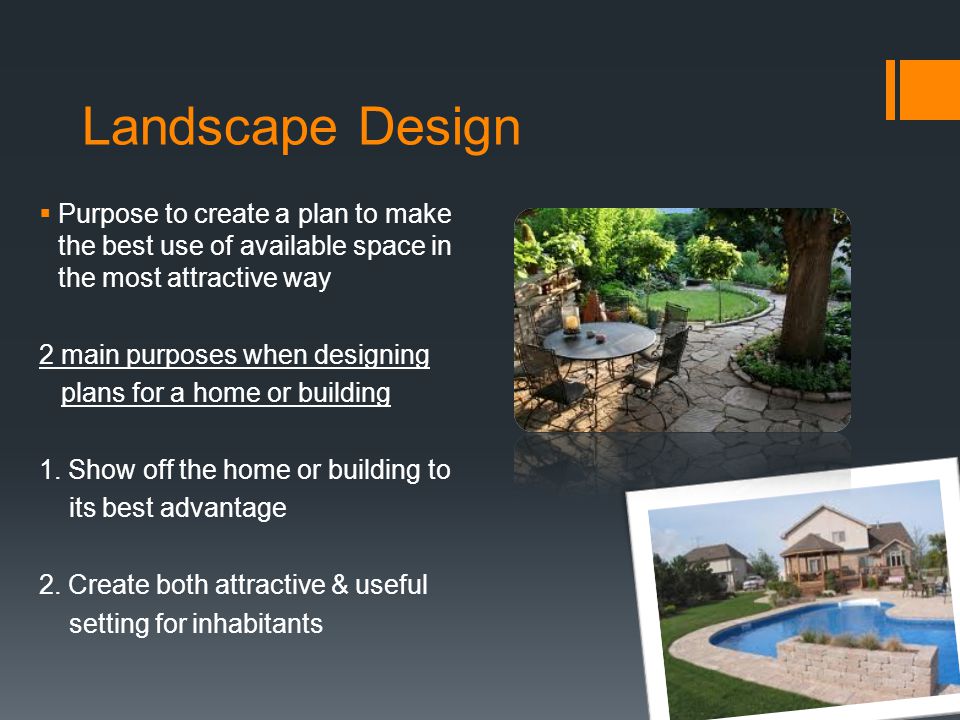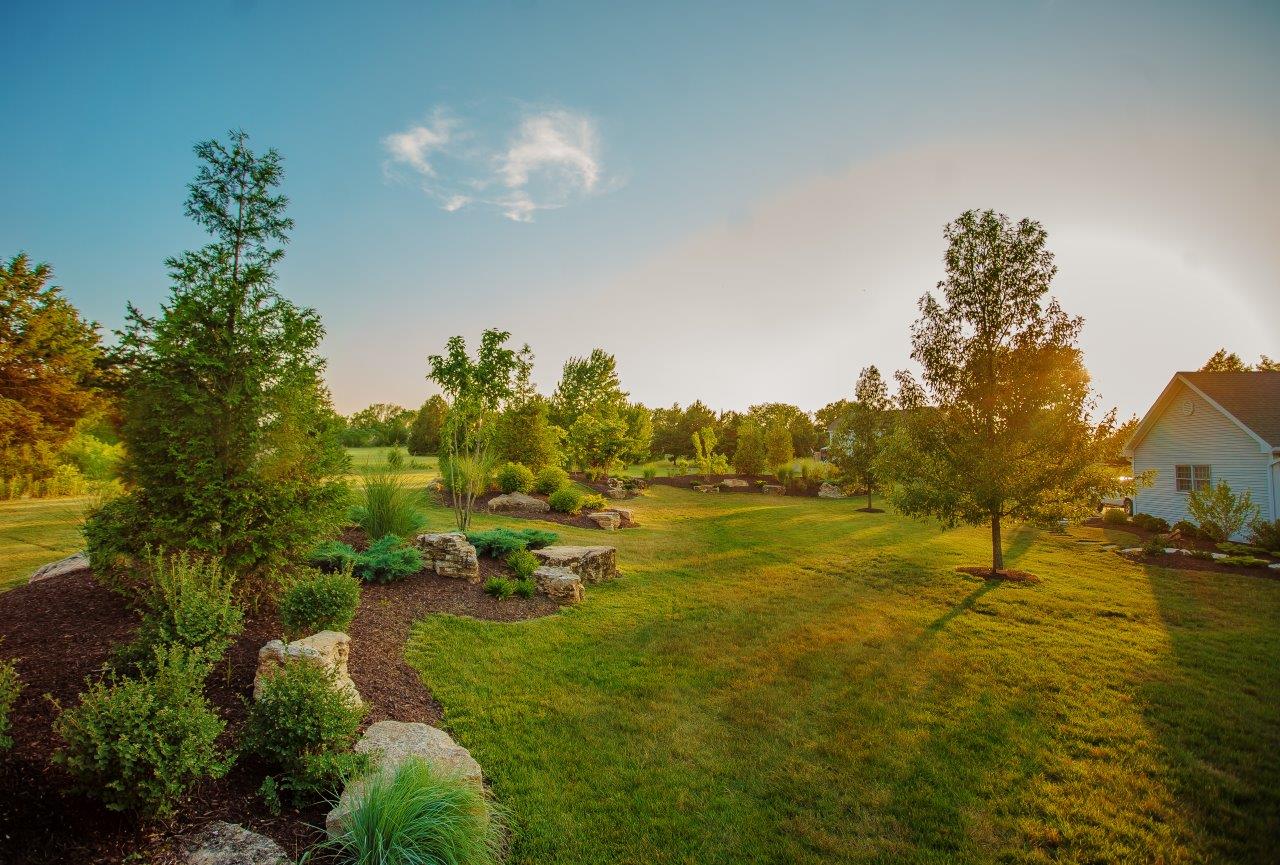Facts About Hilton Head Landscapes Revealed
Facts About Hilton Head Landscapes Revealed
Blog Article
Not known Factual Statements About Hilton Head Landscapes
Table of ContentsFacts About Hilton Head Landscapes UncoveredHilton Head Landscapes for BeginnersThe Hilton Head Landscapes StatementsAn Unbiased View of Hilton Head LandscapesThe Facts About Hilton Head Landscapes RevealedThe 2-Minute Rule for Hilton Head LandscapesThe smart Trick of Hilton Head Landscapes That Nobody is DiscussingHilton Head Landscapes for Dummies
Form compatibility is likewise a major component of unity in designone or 2 noticeably different forms are good for contrast and focus, yet normally all other forms should have some similarities for an unified appearance. Appearance describes exactly how coarse or great the surface area of the plant or hardscape product feels and/or looks.
Examples of plants with coarse texture include philodendrons, agaves, bromeliads, hollies, palms, and hydrangeas. Qualities that create fine appearance consist of small foliage; thin, strappy fallen leaves (turfs) or high, thin stems; tiny, dense twigs and tiny branches; long stems (vines); and little, fragile flowers.
Hilton Head Landscapes Things To Know Before You Get This
A lot of plants are medium texture, in that they can not be called having either coarse or great appearance. They are identified by medium-sized leaves with simple forms and smooth edges. The average-sized branches are not densely spaced neither commonly spaced, and the overall form is normally rounded or mounding. Medium-textured plants work as a background to link and unify the rugged- and fine-textured plants.

To make a space feel smaller, put the coarse textures along the external perimeter and the great textures closest to the customer. The information of the rugged appearance makes the plants appear closer and makes the space feel smaller. The perceived texture of plants can likewise alter with the distance from the plant.
How Hilton Head Landscapes can Save You Time, Stress, and Money.
Bold shades boost the contrast and make the appearance show up coarser, while muted shades can squash texture. Hardscape with a crude texturesuch as really harsh rocks and bold, large timberstends to make all plant material show up a lot more average textured. Developers usually establish a texture research (Figure 8) on paper to help determine the plan of plant materials.
Color in plant material and hardscape adds rate of interest and variety to the landscape. Shade is the most noticeable component in the landscape and is generally the emphasis of most homeowners; however, it is also the most momentary element, typically lasting only a few weeks a year for specific plants.
The Only Guide for Hilton Head Landscapes
A simple description of the color wheel includes the three primaries of red, blue, and yellow; the three second shades (a mix of two primaries) of eco-friendly, orange, and violet; and 6 tertiary shades (a mix of one adjacent main and additional shade), such as red-orange. Shade concept explains the connection of shades per various other and exactly how they need to be used in a structure.

Analogous (in some cases called harmonious) color pattern are any kind of 3 to five shades that are adjacent on the color wheel, such as red, red-orange, orange, yellow-orange, and yellow, or blue, blue-violet, and violet (Landscaping bluffton sc). The shades are relevant to every other since they generally consist of 2 primaries blended to create an additional and 2 tertiary colors, which implies they share common homes
They have a resource tendency to have high contrast between them. One of the most typical sets are violet and yellow, red and eco-friendly, and blue and orange. Corresponding colors are frequently found normally in flowers; a common set is yellow and violet. Shade is located in the blossoms, vegetation, bark, and fruit of plants.
Hilton Head Landscapes Can Be Fun For Everyone
Eco-friendly foliage in all its different shades is the leading shade by quantity, yet other shades capture focus a lot more easily due to their high contrast to the shade environment-friendly. Color is also found in structures, rocks, pavers, wood, and furnishings. Many shades in natural products, such as stone and timber, are typically soft and tend to be variations of brownish, tan, and light yellow.
Shades have residential or commercial properties that can affect emotions, spatial perception, light quality, balance, and emphasis. Cool shades tend to be calming and should be used in locations for leisure and tranquility.
Getting My Hilton Head Landscapes To Work
The "temperature level" of colors can also influence the assumption of distance. Awesome shades have a tendency to recede and are perceived as being farther away, making a room really feel larger. Cozy shades tend to advance and are viewed as being more detailed, making a room feel smaller. Shade can likewise be made use of to catch attention and straight views.
Intense yellow, which has the highest strength, also has a high contrast with all various other colors (often explained as a "pop" of shade) and must be made use of sparingly. A percentage of extreme color has as much visual weight as a big quantity of an extra controlled or weak shade.
Similar (sometimes called harmonious) color plans are any kind of 3 to 5 shades that are adjacent on the color wheel, such as red, red-orange, orange, yellow-orange, and yellow, or blue, blue-violet, and violet. The colors relate per other since they normally consist of two primaries blended to create a second and 2 tertiary colors, which implies they share usual residential or commercial properties.
How Hilton Head Landscapes can Save You Time, Stress, and Money.
Complementary colors are often located normally in flowers; a common set is yellow and violet. Shade is discovered in the flowers, vegetation, bark, and fruit of plants.
Eco-friendly foliage in all its various shades is the dominant shade by amount, yet various other colors capture focus extra conveniently due to the fact that of their high contrast to the shade green - bluffton landscaping - https://www.tumblr.com/h1tnhdlndscps/754928253939187712/family-owned-and-operated-hilton-head-landscapes?source=share. Shade is likewise found in buildings, rocks, pavers, timber, and furniture. Most colors in all-natural materials, such as rock and wood, are generally low-key and often tend to be variants of brown, tan, and light yellow
All About Hilton Head Landscapes
Colors have buildings that can influence feelings, spatial perception, light quality, balance, and emphasis. Amazing shades tend to be calming and ought to be utilized in areas for relaxation and calmness.
Great colors often tend to recede and are perceived as being farther away, making a space feel bigger. Shade can also be made use of to catch interest and direct sights - http://go.bubbl.us/e336a4/f200?/New-Mind-Map.
For instance, bright yellow, which has the greatest strength, additionally has a high contrast with all other shades (commonly called a "pop" of color) and must be utilized moderately. A tiny amount of intense shade has as much aesthetic weight as a large quantity of a much more subdued or weak color.
Report this page